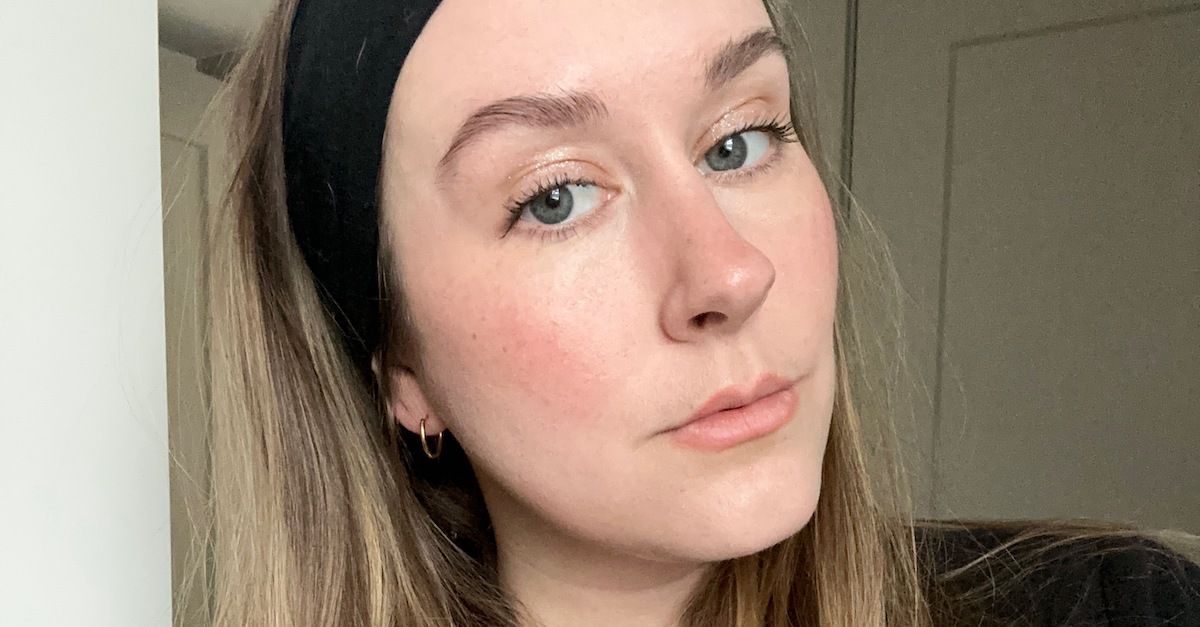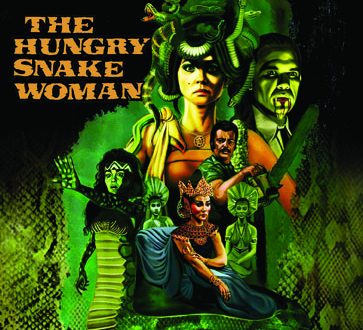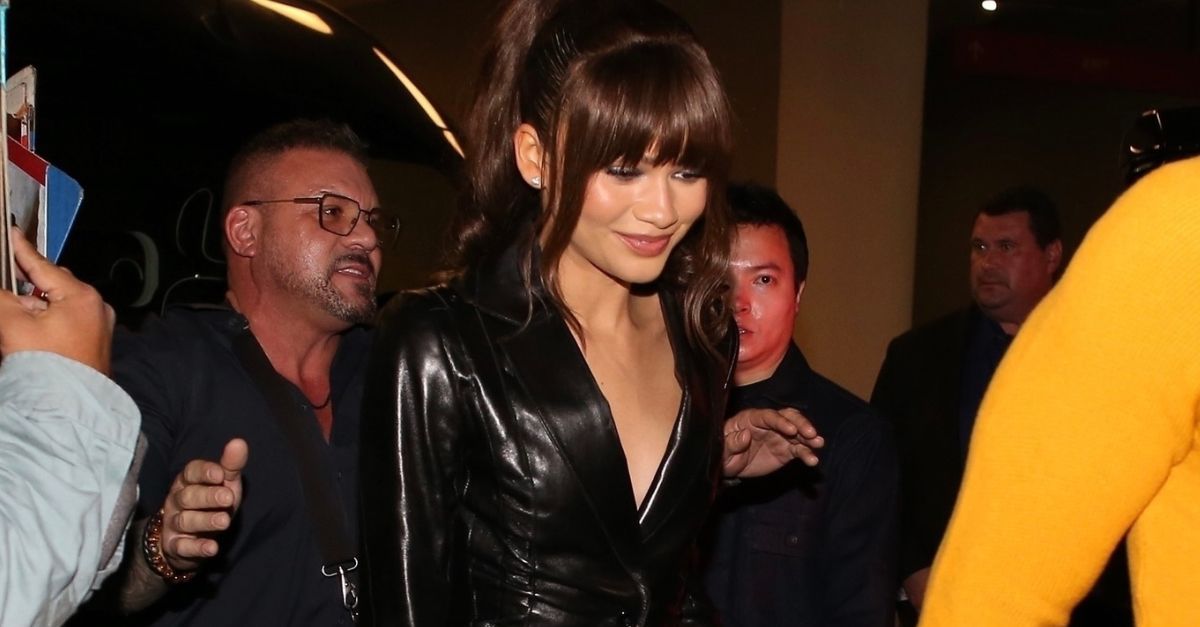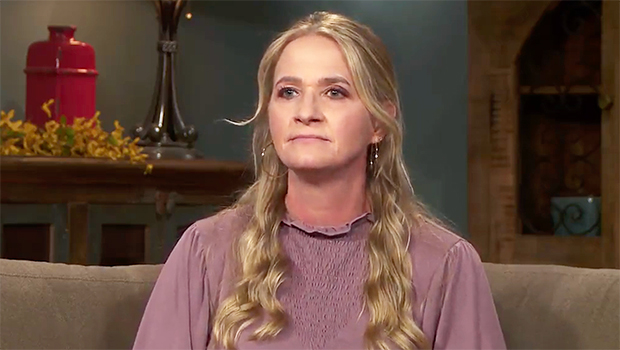Like a drop of blood re-animating lifeless flesh, a startling resurgence of creative vampire films in the 1990s revitalized the subgenre after a decade of diminishing returns. Forward-thinking directors infused new blood into timeless mythology, reimagining bloodsuckers through fresh lenses tinted by metaphors relevant to modern audiences. From tragic romances to punk rock carnage, 90s vampire cinema sank its teeth into untapped potential and left a seminal mark on horror.
Interview with the Vampire heralded this renaissance by translating Anne Rice’s bestselling novel into a baroque, operatic frightfest. Director Neil Jordan and stars Tom Cruise, Brad Pitt and Kirsten Dunst embraced Rice’s self-serious melodrama about morally ambiguous vampires. Their philosophical debates and broken camaraderie recast vampirism as a woeful eternal curse rather than mere monster fare.
Jordan’s romantic tones and lavish set pieces captured the inherent loneliness in immortality while relishing savage bloodletting. By framing immortal angst and violence poetically, Interview With the Vampire brought a level of critical admiration and mainstream box office rarely granted to horror. It set the artistic high bar the decade’s vampire wave would build upon.
From Dusk Till Dawn took the grimy opposite approach, celebrating vampires as unapologetically gonzo spectacles of carnage and chaos. Robert Rodriguez’s punk horror finds George Clooney’s cynical criminal forced into an uneasy alliance with horror-loving fugitive Quentin Tarantino against hordes of vicious Aztec vampires besieging a remote biker strip club.
It’s lurid, unrestrained and completely unhinged – Rodriguez put the vampire genre in a grindhouse blender and hit puree. By embracing vampires as literal funhouse attractions rather than romantic antiheroes, From Dusk revived their abilities to represent chaotic evil and transgressive sexuality. The film cares only for adrenaline and entertaining gore compared to Interview’s stately tone. But together, they stretched the boundaries of what 90s vampire fiction could achieve.
Naturally, the original bloodsucking icon had to re-emerge amidst this renaissance as well. Francis Ford Coppola’s Bram Stoker’s Dracula lavishly resurrected literature’s definitive vampire through a faithful, fiercely passionate adaptation. Coppola took Victorian source material seriously while crafting feverishly nightmarish Gothic atmosphere.
Garish romanticism proves overwhelming at times, but the director’s meticulous world-building transports viewers to turn-of-the-century Transylvania teeming with paranormal mystery and folkloric dread. Gary Oldman transforms disturbingly as the multifaceted, tragic Dracula, playing the immortal count as both pitiable and monstrous. It represented a bold return to definitive vampire fiction.
Blade reinvigorated the archetypes further in the late 90s by hybridizing vampires with superhero and Hong Kong action cinema. Wesley Snipes’ dhampir daywalker wages spectacularly choreographed war against an underground society of vampires merging corporate conspiracies with bloodthirsty villainy. Meanwhile, Joss Whedon’s TV sensation Buffy the Vampire Slayer molded bloodsuckers into the ideal metaphors for teen repression.

Creators recognized vampirism’s flexibility to channel themes of addiction, eternal youth, dangerous eroticism, social rebellion and societal fears. Films like Habit and Nadja used blood consumption to explore AIDS and female agency respectively. The genre breathed anew by evolving past simplistic neck-biters. Vampires now reflected audience desires and anxieties in our veins.
Mexico’s expressionistically nightmarish Cronos and The Addiction’s poetic black-and-white treatise on vampirism as philosophical condition pushed creative boundaries further. Whether invoking visceral excitement or existential unease, 1990s vampire fiction contained something for every breed of horror fan. Their renewed versatility made them cultural players again rather than expendable monsters.
Some horror purists had grown accustomed to dismissing later decades’ bloodsucker fare as inferior knock-offs of 1922’s seminal classic Nosferatu and 1931’s Bela Lugosi-led Dracula adaptation. But the 1990s subverted that cynical narrative entirely. Suddenly vampires felt transgressive, punk, tragically romantic, and ripe for projecting societal metaphors again as they hadn’t in years.
The best 90s offerings channeled themes of addiction, unrepentant sin, moral degradation, and damnation that make vampires eternally ripe analogues for humanity’s darker compulsions. Filmmakers also reveled in inherent opportunities for baroque production design, transgressive eroticism, and operatic tragedy. Whether crafting provocative art house fare or vivid B-movie pulp, they tapped vampires’ timeless appeal like never before.
Without this astonishing 90s resurrection, vampire fiction may have languished in pop culture obscurity for years longer. But thanks to watershed offerings like Interview With the Vampire and From Dusk Till Dawn, bloodsuckers were bigger entertainment draws than ever by the decade’s end. Their critical and commercial revival ensured vampires would continue haunting human imagination beyond any temporary eclipses.
Three decades later, the 90s vampire new wave’s impact still resonates. It reignited appreciation for why these seductive immortals endure generation after generation. Like flickering silent film projections, they reflect audiences’ own primal fears, instincts, and unspoken desires lurking beneath society’s skin. Incapable of permanent destruction, the vampire always rises newborn…and so it lived anew in the 1990s.
No rules say blood drinking immortals must become stale cliches. But the 90s proved vampires’ inherent strengths need not diminish, only be reinvented for changing times. Whether invoked as dangerous cultural metaphors, sources of operatic drama, or gruesome pulp antiheroes, their adaptable legacy persists eternally. For devotees of fanged cinema, the decade represented a startling creative resurrection that horror’s most mesmerizing monsters richly deserved.

Founder and Lead Developer for Horror Facts independent horror magazine.
Husband, Sailor and Independent Writer


























































![Mason Ramsey – Twang [Official Music Video] Mason Ramsey – Twang [Official Music Video]](https://i.ytimg.com/vi/xwe8F_AhLY0/maxresdefault.jpg)






















